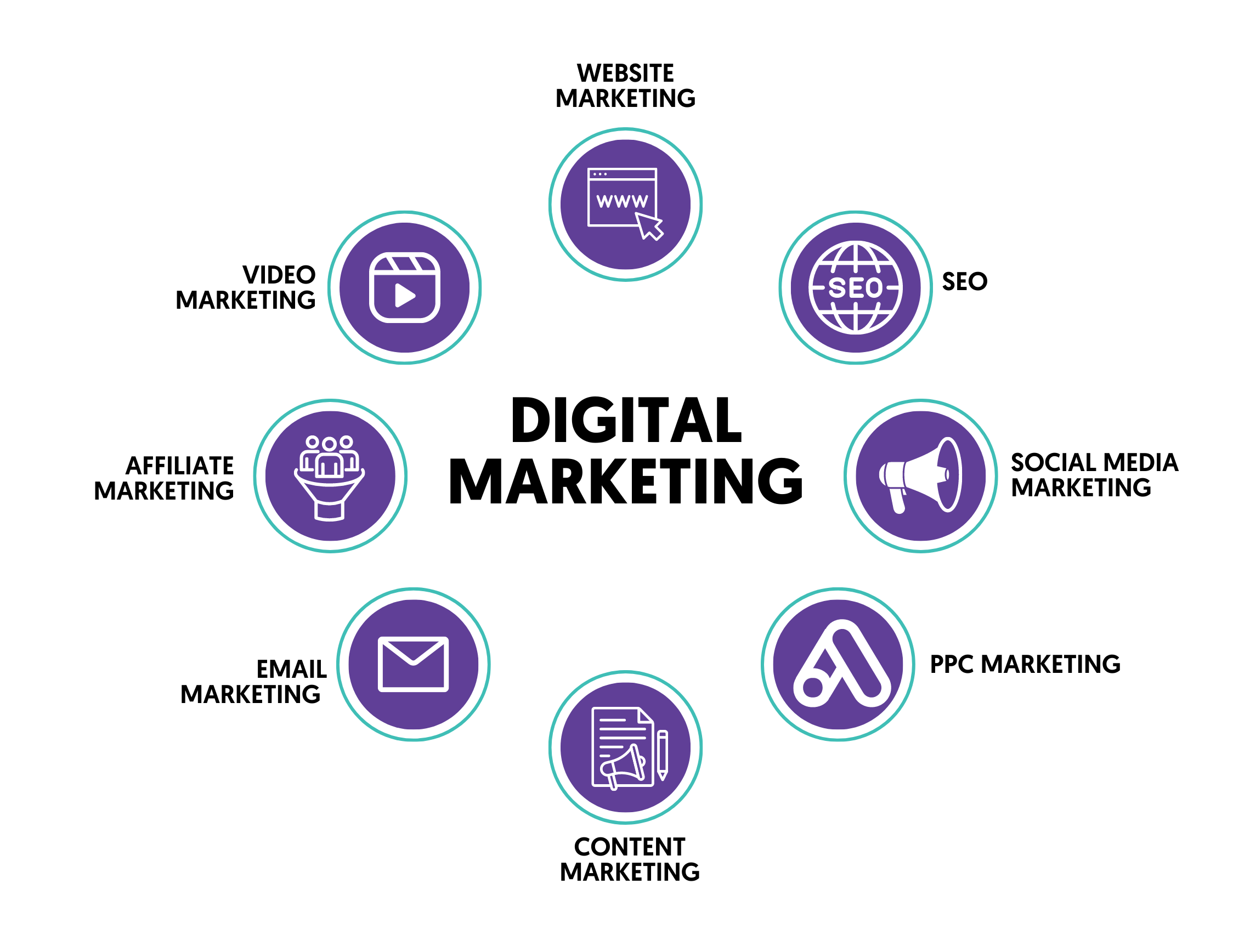Discover the Sparkle of The Ad Firm Carlsbad: Raise Your Digital Presence Today
Discover the Sparkle of The Ad Firm Carlsbad: Raise Your Digital Presence Today
Blog Article
Enhance Customer Experience and Drive Website Traffic With Receptive Web Design
In today's digital landscape, where individuals are accessing web sites from a plethora of tools, responsive web design has become more crucial than ever. With its capability to adapt and effortlessly change to various screen sizes, responsive design not only enhances user experience but also drives traffic to your website. Why is this layout strategy so critical? Just how does it improve customer engagement and increase internet site web traffic? In this conversation, we will explore the key components of reliable responsive design, look into the most effective practices for its implementation, and reveal the keys to enhancing user experience while driving even more web traffic to your site.
Why Responsive Internet Design Issues
Responsive internet design is an essential element of modern web growth because of its capacity to guarantee ideal individual experience across different tools and screen dimensions. With the proliferation of smart devices, tablets, and other mobile phones, it has come to be essential for internet sites to adapt and supply smooth performance despite the device being utilized.
The key reason responsive website design matters is that it enables customers to have a enjoyable and constant surfing experience, no matter the device they are utilizing. A receptive internet site automatically changes its design, material, and design components to fit the display dimension and resolution of the tool, ensuring that customers can quickly communicate and browse with the internet site with no hassle or aggravation.
Additionally, responsive web design also plays a significant role in search engine optimization (SEO) Online search engine, such as Google, prioritize websites that are responsive and mobile-friendly in their search engine result. By incorporating receptive layout concepts, web sites can enhance their exposure and ranking, resulting in enhanced organic website traffic and possible consumers.

Boosting Customer Engagement With Responsive Layout
Maximizing user interaction is a vital objective of responsive style, as it makes certain that users can quickly accessibility and connect with site material on any type of tool. With the increasing use of mobile phones and tablet computers, it is crucial for sites to adapt to different display dimensions and resolutions. Receptive layout makes it possible for internet sites to automatically adjust their layout and content to offer a seamless individual experience across gadgets.
One of the primary methods responsive style increases individual interaction is by decreasing tons times. With a responsive site, users don't have to await different mobile variations to tons, leading to quicker access to content. This improved rate brings about greater individual fulfillment and motivates them to spend more time on the website.
Additionally, responsive design boosts customer involvement by enhancing navigation and interface (Web Design). When an internet site is made responsively, buttons and food selections are enhanced for touch interactions, making it easier for customers to connect and browse with the site on their smart phones. This user-friendly and user-friendly experience keeps customers engaged and urges them to check out more of the web site
Additionally, receptive style permits much better content exposure and readability. By adapting the design and font dimensions to various gadgets, receptive web sites ensure that individuals can easily check out and understand the material. This enhances customer interaction by lowering the need for scrolling or zooming to read the text.
Raising Website Web Traffic With Responsive Internet Design
With the expanding appeal of mobile phones, having a website that is responsive to different screen sizes and resolutions is vital for driving boosted website traffic. In today's electronic landscape, customers are accessing websites from a variety of devices such as smartphones, tablets, and home computer. Each of these devices has different screen dimensions and resolutions, and if your internet site is not designed to adjust to these variants, it can bring about an inadequate customer experience and a loss of possible web traffic.
Receptive web style guarantees that your site looks and functions optimally throughout all tools. By utilizing adaptable grids, fluid images, and media queries, receptive layout allows your site to automatically adjust its navigating, material, and layout to fit any kind of display size. This means that customers will have a seamless surfing experience despite whether they are using a tiny mobile phone or a large desktop computer computer system.
Secret Elements of Efficient Responsive Layout
Efficient receptive design integrates numerous key aspects that make sure a smooth user experience throughout various devices. This allows material to be presented in a visually appealing and understandable way on any type of tool.
Another essential aspect is media inquiries. These permit developers to apply different styles and designs based on the features of the customer's device, such as screen size and positioning. By utilizing media inquiries, developers can optimize the presentation of web content for each tool, making sure that it is quickly accessible and legible.
Receptive photos are also important in effective receptive design. Pictures that are as well huge can decrease page load times on mobile phones, while photos that are also tiny might show up pixelated on larger displays. By utilizing strategies such as receptive picture resizing and lazy loading, developers can make sure that images are appropriately sized and optimized for each and every gadget.
Last but not least, efficient receptive design involves a mobile-first technique. This suggests focusing on and designing content for smart phones initially, and after that enhancing the style and expanding for bigger screens. This strategy guarantees that one of the most important material is easily accessible on smaller sized screens, while still giving a rich experience on bigger tools.
Ideal Practices for Carrying Out Responsive Internet Layout
Implementing receptive website design calls for mindful consideration of numerous best practices to make sure an optimal customer experience throughout different devices. Below are some vital finest techniques to adhere to when executing responsive website design.
To start with, it is critical to focus on mobile users. With the increasing dominance of smart phones, designing for mobile-first has actually ended up being crucial. Begin deliberately for smaller sized screens and after that considerably improve the layout for bigger screens.

An additional crucial best technique is to enhance photos for different display resolutions. Huge images can decrease the packing time of your web site, specifically on mobile phones with slower links. Use receptive pictures that can be resized based upon the tool's screen resolution to improve performance.
Furthermore, test your site on different devices and display dimensions to guarantee a regular and smooth experience. There are various screening devices readily available that can help you identify any issues and make required adjustments.
Finally, focus on functionality and availability. Make certain that your web site is simple to browse, with clear and concise content. See to it that your site comes to people with specials needs and follows accessibility standards.
Verdict
In conclusion, responsive internet style plays a vital role in boosting individual experience and driving web traffic to sites. By embracing responsive layout concepts, websites can ensure optimum viewing experiences pop over here across various tools, leading to enhanced individual engagement.
Optimizing individual engagement is a vital objective of responsive style, as it makes sure we design websites that individuals can conveniently access and communicate with web site material on any type of gadget. Responsive design enables web sites to automatically adjust their design and content to offer a seamless individual experience across gadgets.
In addition, responsive design enhances individual engagement by improving navigating and customer interface.Receptive images are additionally crucial in reliable responsive design. By adopting responsive design concepts, internet sites can guarantee optimum seeing experiences throughout different gadgets, leading to increased individual engagement.
Report this page